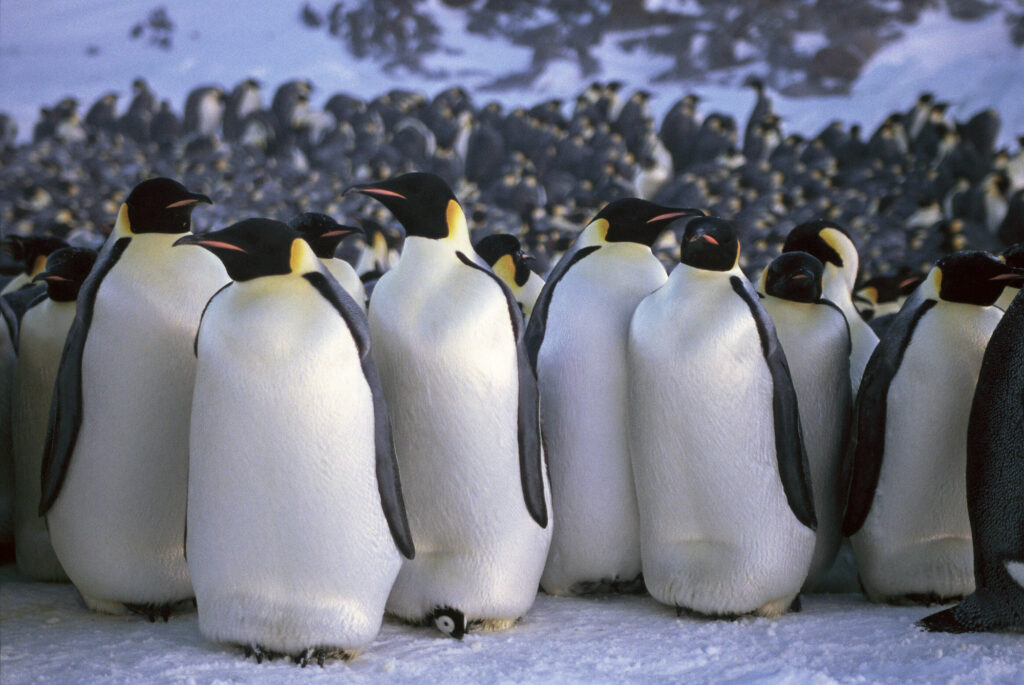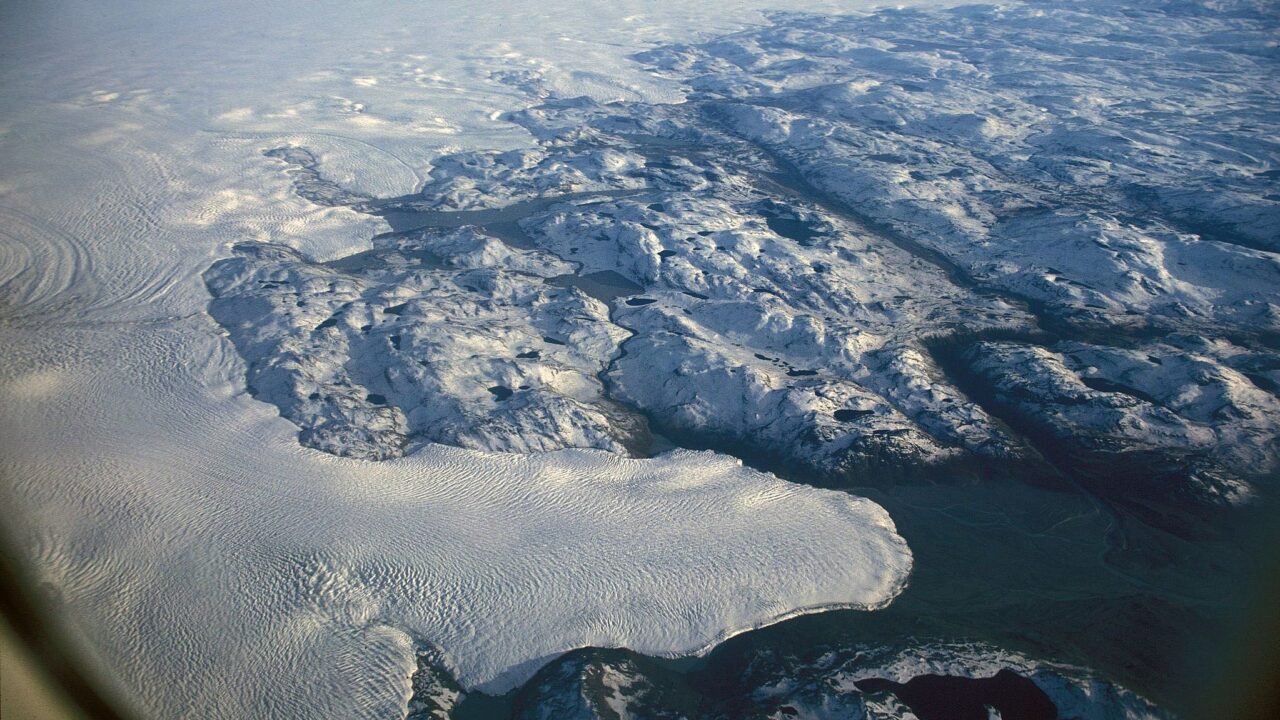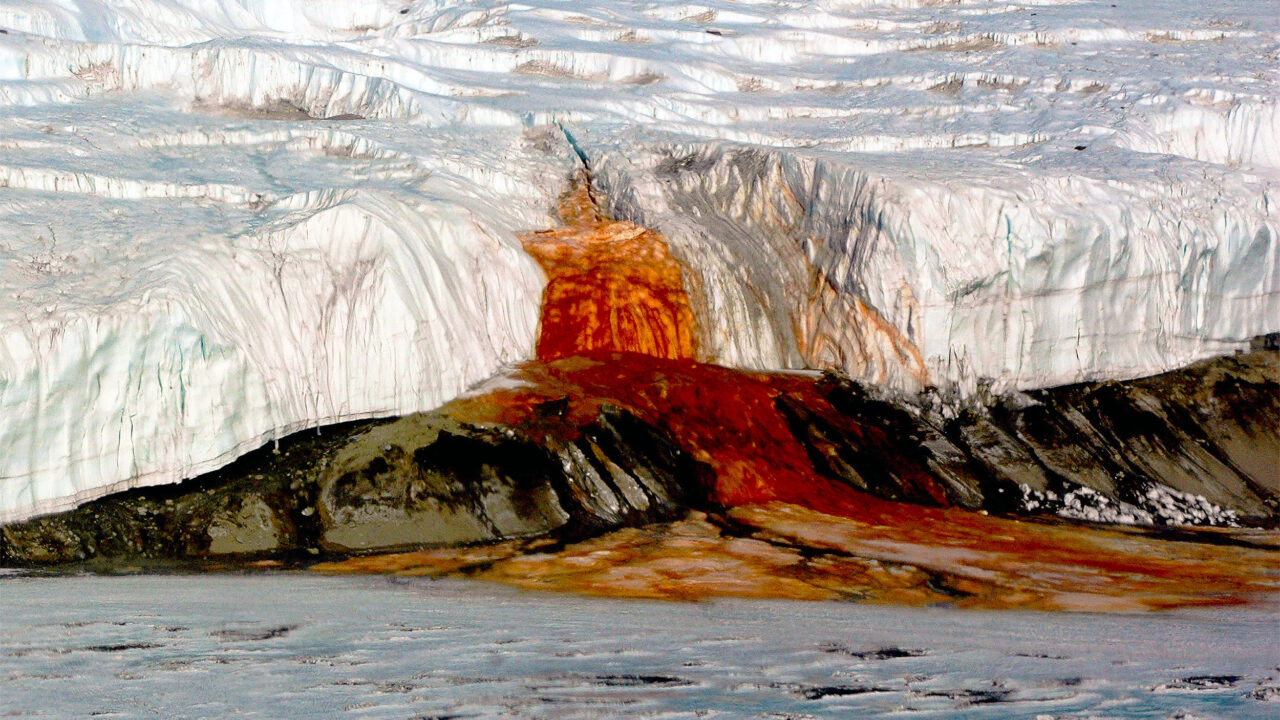The Emperor Penguin is one of the most iconic ice dwelling animals on Earth. Known for its impressive size and remarkable survival skills, this penguin species lives exclusively in Antarctica. Emperor Penguins endure extreme cold and harsh winds while raising their young on the frozen sea ice. Their ability to survive in one of the world’s toughest environments makes them a fascinating subject for wildlife enthusiasts and researchers.
What Makes the Emperor Penguin Unique
The Emperor Penguin is the largest penguin species. Adults can reach almost four feet in height and weigh up to ninety pounds. Their thick layers of feathers and fat provide insulation against freezing temperatures. These birds are also known for their distinctive black and white coloring with bright yellow markings near the neck.

How Emperor Penguins Survive the Cold
Emperor Penguins have adapted perfectly to their icy habitat. They huddle tightly together in large groups to conserve warmth during winter storms. Males incubate the single egg by balancing it on their feet and covering it with a warm brood pouch. While the male protects the egg, females travel to the ocean to hunt for fish, krill, and squid.
Why Emperor Penguins Are Important
As top predators in the Antarctic ecosystem, Emperor Penguins play an important role in maintaining balance in the food chain. They also serve as indicators of climate change. Changes in sea ice levels can affect their breeding cycles and access to food. Scientists monitor their colonies to better understand environmental changes in the region.
Where Emperor Penguins Live
Emperor Penguins are found only in Antarctica. They breed on stable sea ice that surrounds the continent. The most famous colonies are located in areas like the Ross Sea, Weddell Sea, and the Antarctic Peninsula. These colonies may include thousands of penguins gathered in one location.
Conservation and Challenges
Although the Emperor Penguin is not currently endangered, it faces increasing threats from melting sea ice and shifting ocean conditions. Protecting Antarctica’s environment is essential to ensure the long term survival of these remarkable birds. Conservation groups continue to study their behavior and support policies that safeguard their habitat.
Conclusion
The Emperor Penguin stands as a symbol of resilience and adaptation. Its unique lifestyle, strong family structure, and ability to thrive in extreme conditions make it one of the most extraordinary ice dwelling animals in the world. As interest in Antarctic wildlife grows, the Emperor Penguin continues to inspire people with its strength and beauty.





